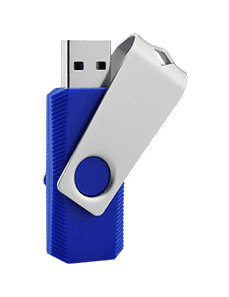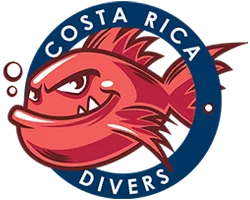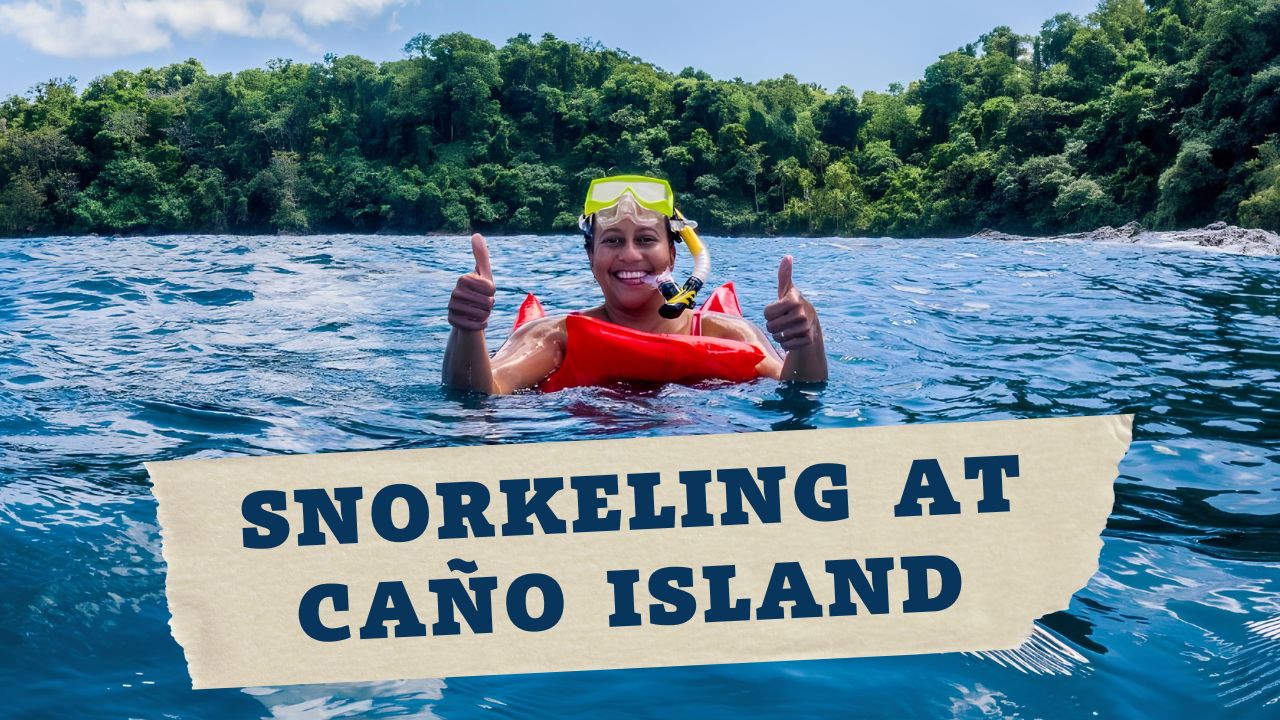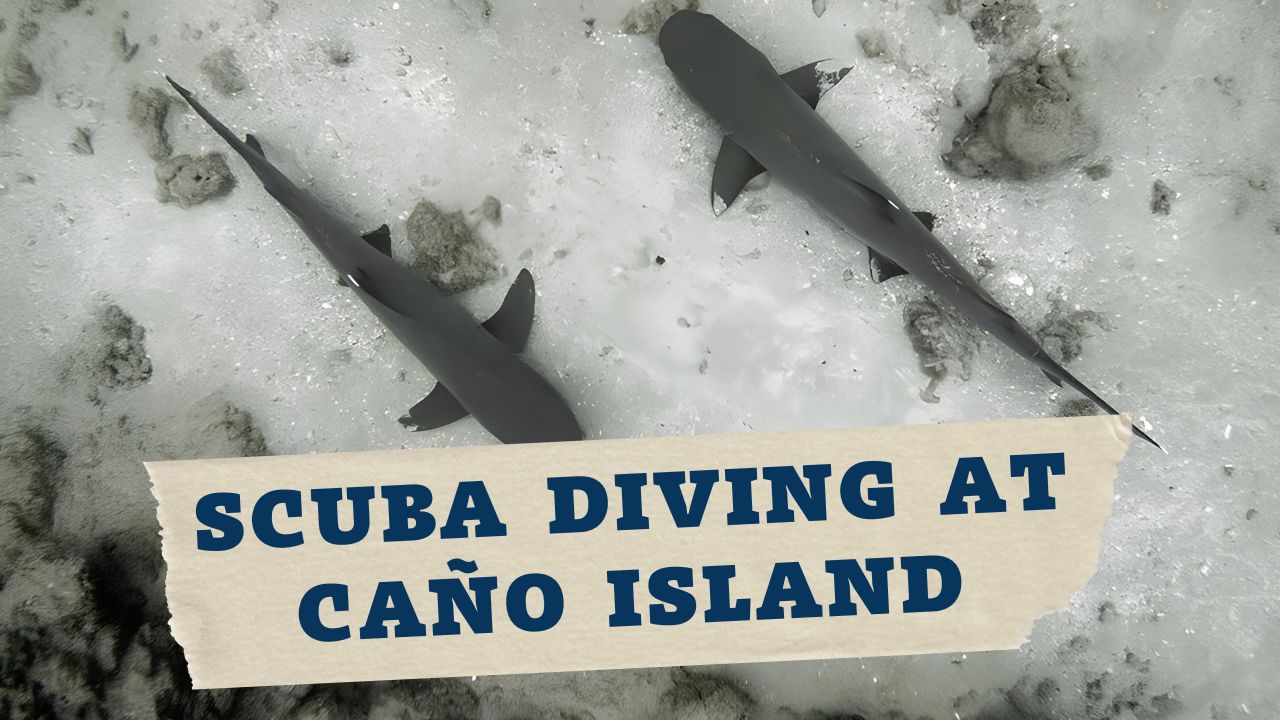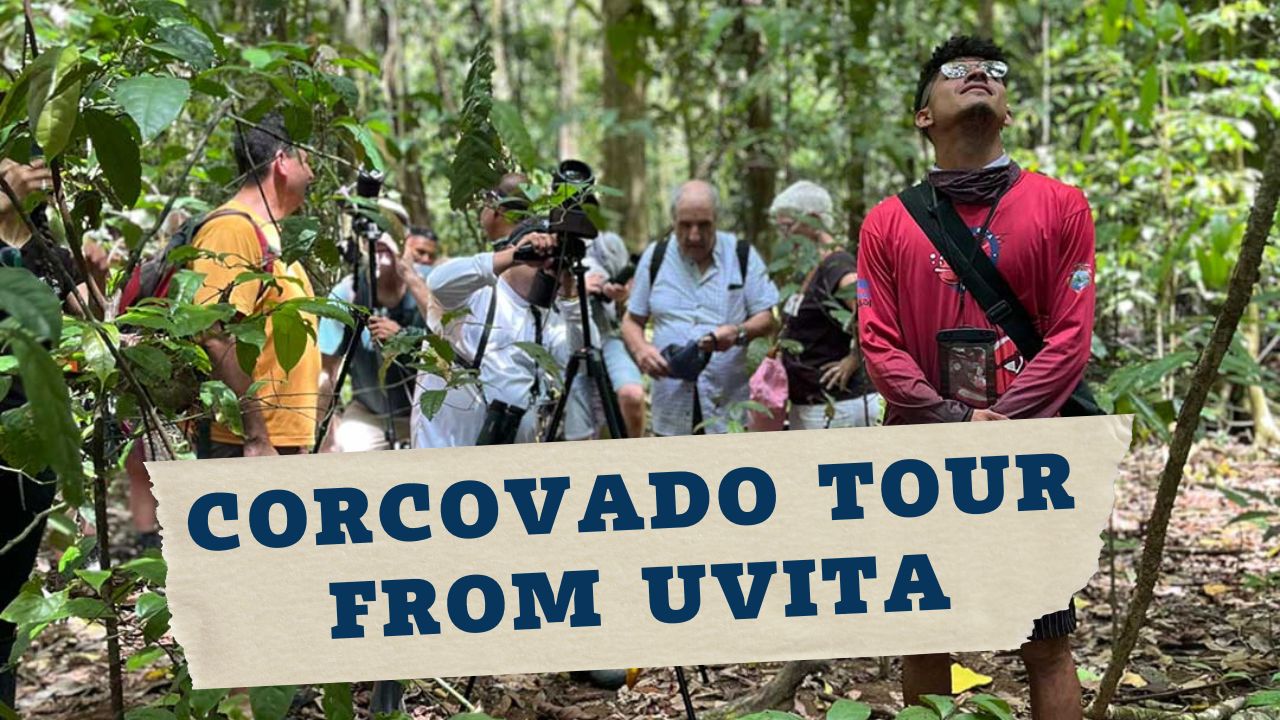Corcovado National Park, situated on the Osa Peninsula along Costa Rica’s southern Pacific Coast, is renowned as the ultimate wildlife sanctuary in the country. Positioned across the bay from Panama, it stands as the prime destination for experiencing the richness of Costa Rica’s natural wonders.
Spanning over 163 square miles, Corcovado National Park encompasses one of the most extensive lowland tropical rainforests in Central America, making it an unrivaled haven for observing wildlife in Costa Rica. It occupies nearly half of the Osa Peninsula, residing in one of the country’s most secluded and untouched areas. Well-known as “the most biologically intense place on Earth” according to National Geographic, the park holds immense value for both researchers and enthusiasts of the natural world.
Table of Contents
Corcovado National Park is situated on an extremely remote peninsula, a characteristic that played a crucial role in safeguarding the park for much of the 20th century. However, in the 1960s, the tranquility of the park was threatened when logging activities commenced, involving the cutting down of trees. Additionally, the area saw an influx of gold miners seeking their fortune.
Recognizing the urgency, researchers began advocating for the protection of the area and petitioned Costa Rican President Daniel Oduber. As a result, Corcovado was designated as a National Park, albeit with the gold miners allowed to remain initially. However, in 1986, they were eventually evicted due to their involvement in hunting wildlife. Unfortunately, illegal and destructive mining activities persist in the area, despite ongoing efforts to combat them.
Situated in the southwestern region of Costa Rica, Corcovado National Park finds its home on the Osa Peninsula. This peninsula is known for its remote and scarcely inhabited nature, making it one of the most secluded areas in the country. Its exceptional isolation is highlighted by the fact that, during certain periods of the year, the sole means of reaching the peninsula is either by boat or plane.
It’s important to note that the roads leading to Corcovado and the Osa Peninsula are prone to flooding during the wet season, which can hinder access. If you plan to drive to the area with a rental car, it is crucial to consider this potential obstacle beforehand.
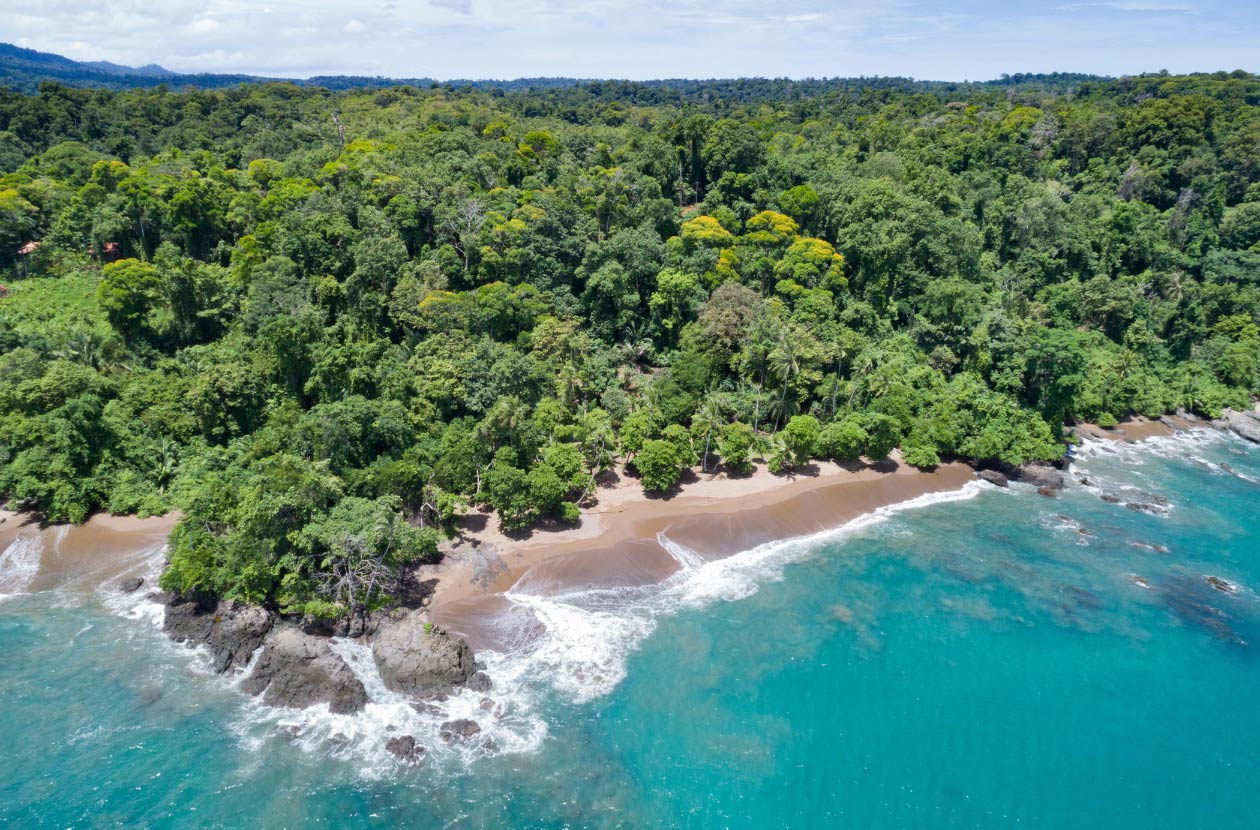
Actually, the only two ways to get to Corcovado Park are by car from the land side or by boat from the ocean side. Both ways have their advantages and disadvantages. It will take at least a couple of hours of driving to reach the park gate by car. Of course, depending on where you are starting from. The road can often be closed or restricted due to weather or rainfall. This is definitely an adventure in itself and, as I mentioned earlier, has its advantages.
Another way is to use boat transportation. Here you have several places to choose from, such as Uvita, Sierpe or Drake Bay. Our tours start at Marino Ballena National Park in Uvita, from where you’ll be at the San Pedrillo entrance in about an hour.
As Corcovado National Park is a highly protected area, there are several important rules that must be followed:
While these rules may initially appear inconvenient, they are in place to protect the remarkable environment of Corcovado National Park. After witnessing its splendor firsthand, we firmly believe that these regulations are entirely justified and crucial for preserving this unique and extraordinary place.
Corcovado National Park is renowned for its mind-boggling biodiversity, accounting for an astounding 2.5% of the world’s total. This translates to an extraordinary array of plant and animal life thriving within its boundaries.
Among the park’s notable inhabitants is the Baird’s tapir, a charismatic creature that surprised us with its substantial size, featuring short, sturdy legs and a distinctive elongated snout. In a peculiar way, they exude a certain cuteness.
Corcovado’s beaches serve as nesting grounds for Olive Ridley sea turtles, offering the rare opportunity to witness their hatchlings emerging between July and December. The park is also home to American crocodiles, awe-inspiring creatures that can grow up to an impressive length of 6 meters. It is essential to maintain a safe distance from these magnificent reptiles.
Although jaguars, the elusive big cats, can be found in the park, spotting them requires patience and a stroke of luck. However, Corcovado is also home to jaguarundis, a relatively slender feline closely related to cougars.

Pumas, another captivating predator, roam the park, with Puma Valley serving as a potential hotspot for sightings. Keep in mind that pumas are known for their shy nature, so encounters are never guaranteed, but if fortune smiles upon you, you might catch a glimpse of one. Monkeys abound in Corcovado, with White-faced capuchins, howler monkeys, and Spider monkeys providing delightful entertainment with their playful antics.
Among the avian residents, the Resplendent quetzal stands out as one of the park’s iconic species. With its vibrant plumage and remarkably long tail, it holds a special place as the national bird of Guatemala. Other notable bird species in the park include toucans, macaws, and kingfishers.
It is worth noting that Corcovado National Park is divided into five distinct sectors: San Pedrillo, Sirena, La Leona, Los Patos, and El Tigre. Each sector offers unique landscapes, biodiversity, and experiences for visitors to explore.
The park i sopen every day from 7 a. m. to 4 p. m.
In October, the Sirena Park sector of Corcovado National Park temporarily stops accepting visitors. Note, however, that other sectors of the park remain open to visitors.
The climate in Corcovado can be described as hot, rainy, and extremely humid. The optimal period to visit the park is during the dry season, which typically spans from mid-December to mid-April. Although occasional rainfall may occur during this time, it is generally less frequent.
The months of October and November experience heavy rainfall, and as a result, the Sirena sector of the park is closed for maintenance and improvements during October. Isolated rainfall can occasionally be expected in July and August. From May to September, the weather is typically pleasant, providing favorable conditions for exploration.
The ideal time to plan a visit to Corcovado National Park is during the dry season, which typically spans from December to April. During this period, the park experiences minimal rainfall, ensuring more favorable conditions for exploration and outdoor activities.
Conversely, the wet season commences in May and extends until late November or early December, characterized by heavy rainfall. September and October are particularly known for their increased precipitation. It’s worth noting that many lodges in the area close during this period, making it less optimal for a visit. Although the park remains open year-round, it’s important to consider that certain trails may become impassable due to flooding during the wet season.

To travel to Corcovado National Park, certain requirements must be met. These include the need to have a certified local guide approved by the park service and obtain a permit. It is important to note that the only legal approach to entering Corcovado is to participate in a group or private tour purchased from an authorized operator. The tour must be accompanied by a local guide who has pre-registered with the park. It is essential to comply, as independent guides, even those with ICT certification, are not allowed.
To ensure compliance, it is advisable to purchase tours in advance. This can be done through the travel agency, the lodge where the reservation was made, or by visiting the local tourist office in person. These authorized channels will help ensure a legal and well-organized experience in Corcovado National Park.
Again, I would like to emphasize that Corcovado National Park is very far from civilization and you need to prepare well for your visit to make it nothing but a pleasure. It is advisable to wear a hat and carry an ample supply of sunscreen and water during your visit to Corcovado. While lunch and a beverage are provided, it is recommended to bring your own water for hikes. The park receives an average of 20 feet of rainfall annually, emphasizing its classification as a rainforest. Consequently, it is essential to be prepared for wet and muddy conditions regardless of the time of year you choose to explore Corcovado.
If you choose boat transportation, you also need to consider ocean conditions and the possibility of getting wet already on the way to the park. Therefore, prepare accordingly and secure your important belongings and documents, and take something with you for the changing weather. For more information on how to prepare for a boat trip, see our other guide here: How to prepare for a boat tour?
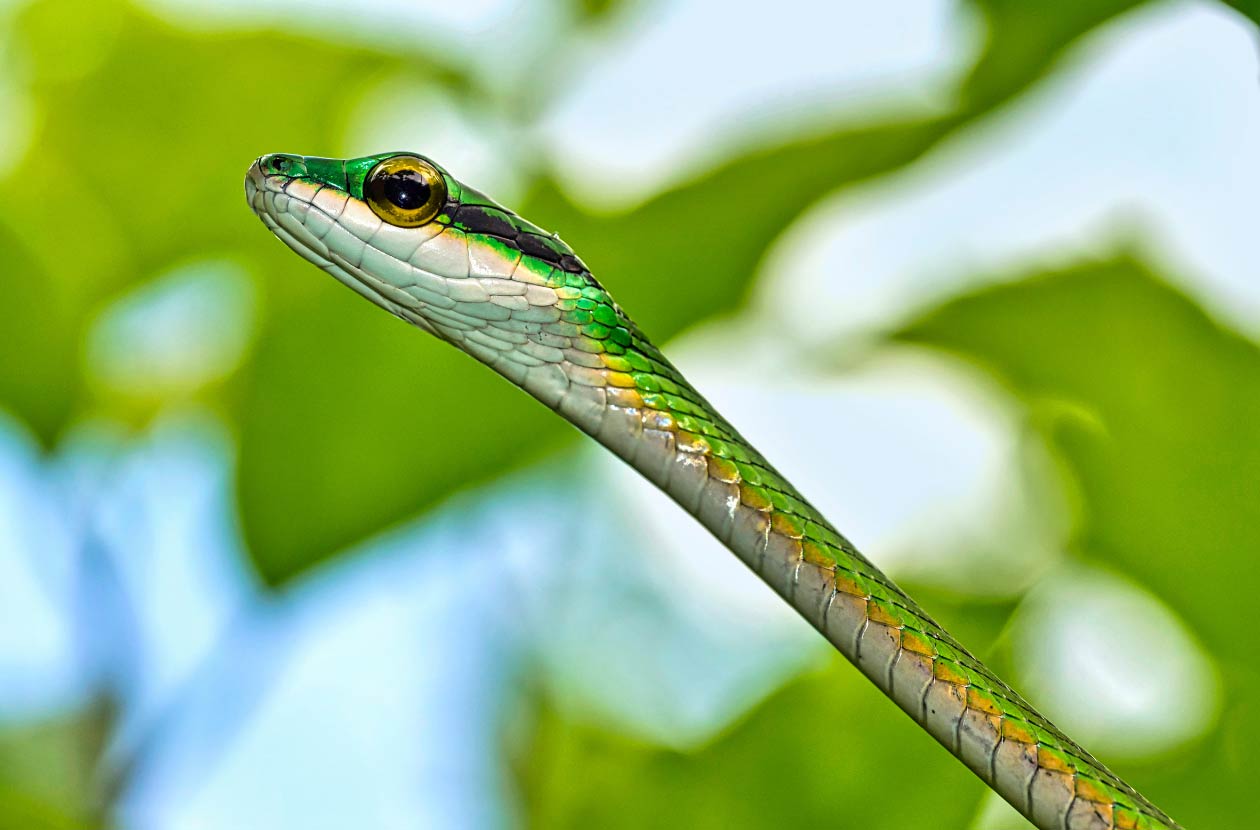
Corcovado National Park is located in an extremely remote area, so it’s important to come prepared with essential items. Here are some recommendations for what to bring:
Remember to pack any other personal items you may require during your visit, considering the remote location of the park.
To recap, reaching the remote location of Corcovado National Park is challenging, and it is not recommended to venture there on your own due to potential risks. It is highly advisable to rely on knowledgeable guides who possess a deep understanding of the park, ensuring your safety and enriching your experience.
The guides in Corcovado are not only well-versed in the park’s wildlife but also deeply passionate about conservation. They will share their expertise, allowing you to gain a profound understanding and appreciation for all that Corcovado has to offer.
Corcovado stands out as a truly untamed destination in Costa Rica. It presents an unparalleled opportunity to disconnect from the outside world and immerse yourself in the raw wilderness. If you seek an exhilarating adventure that makes you feel alive, Corcovado is the perfect place to fulfill your desires.
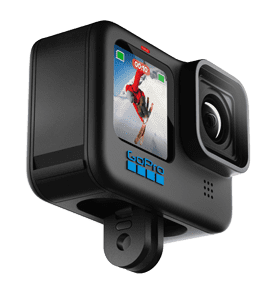
Take your memories home
Rent complete GoPro equipment for your adventure and receive a free flash drive for all your photos and videos.
